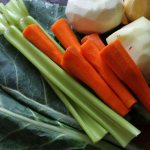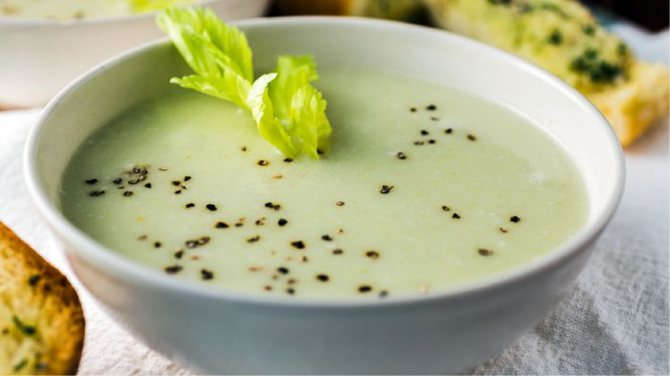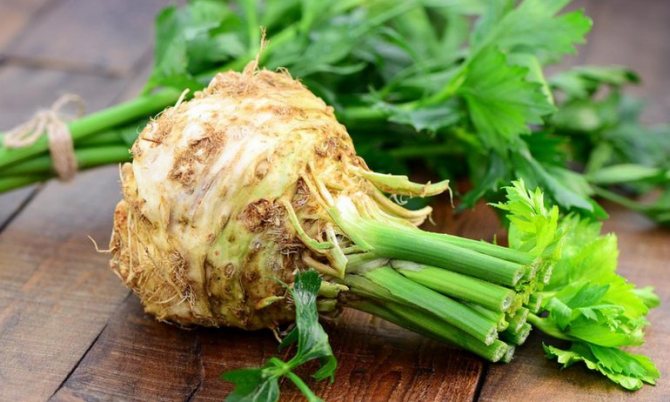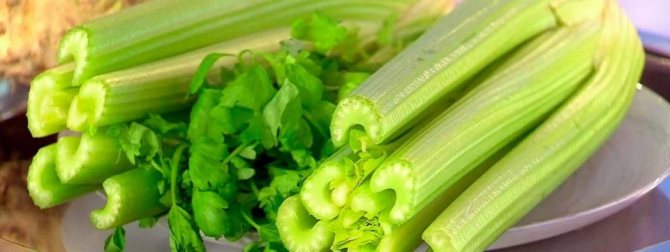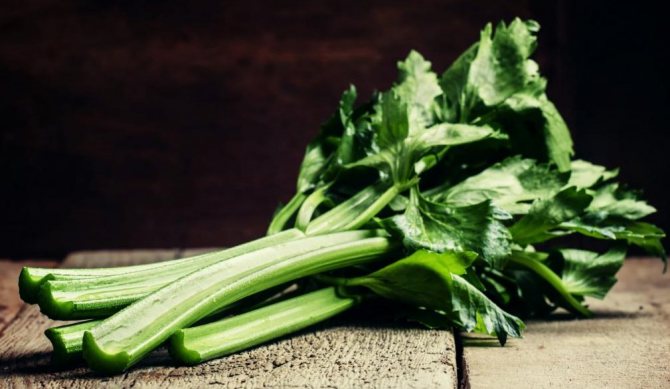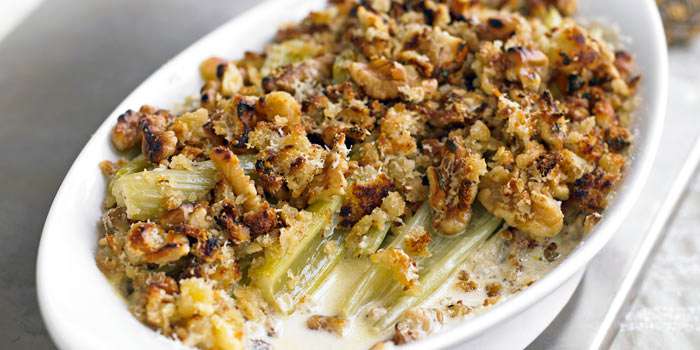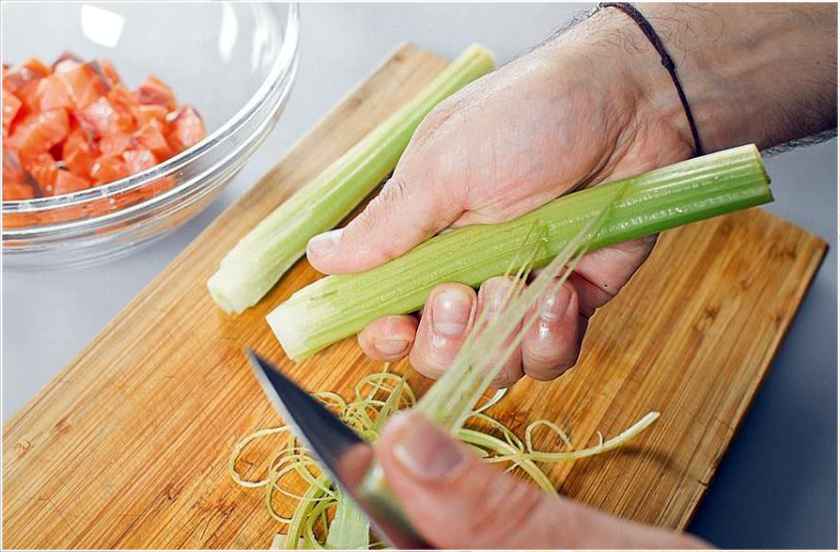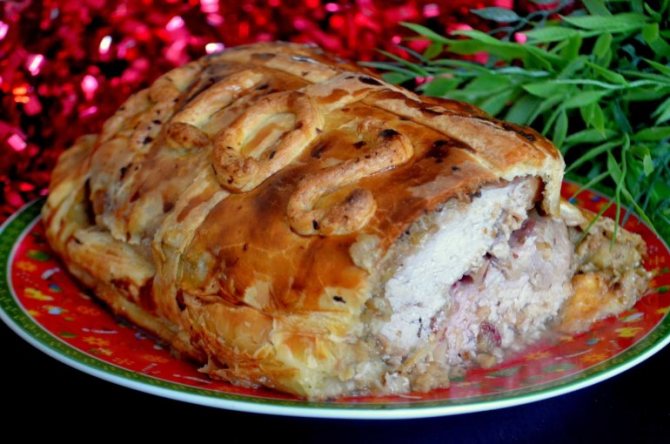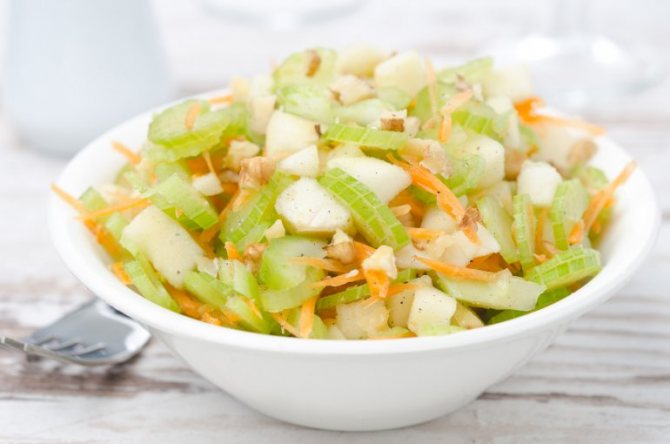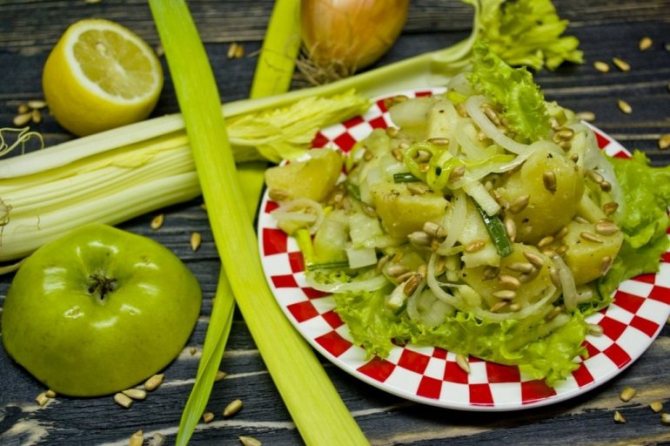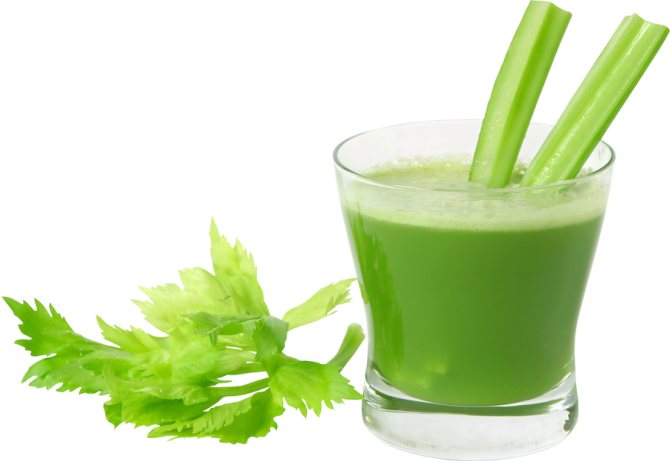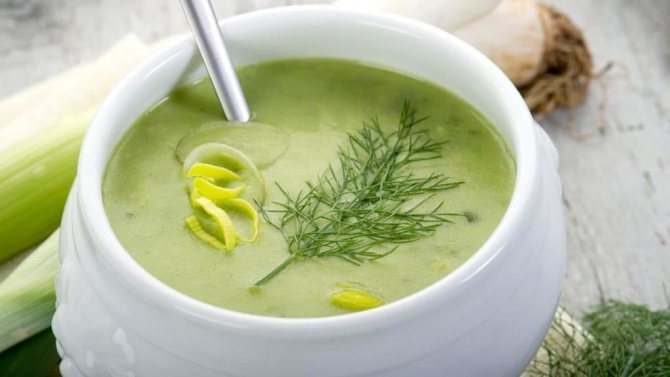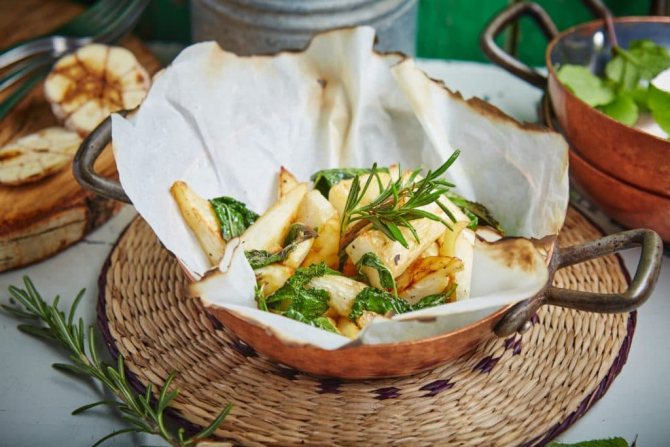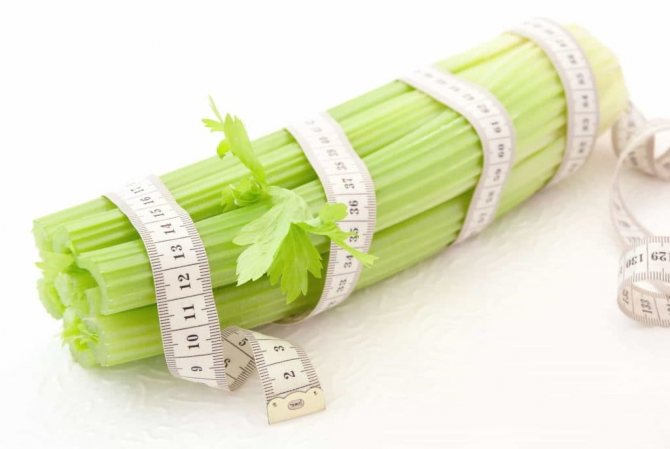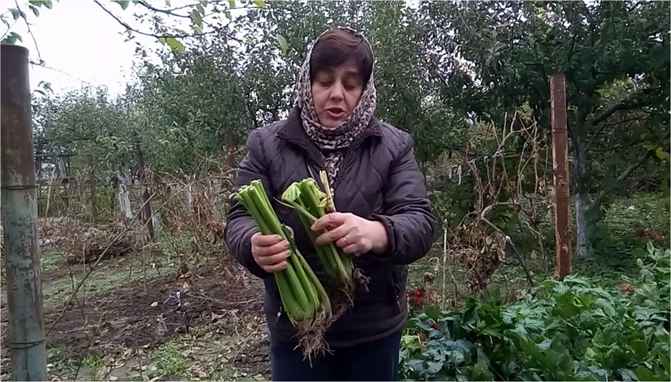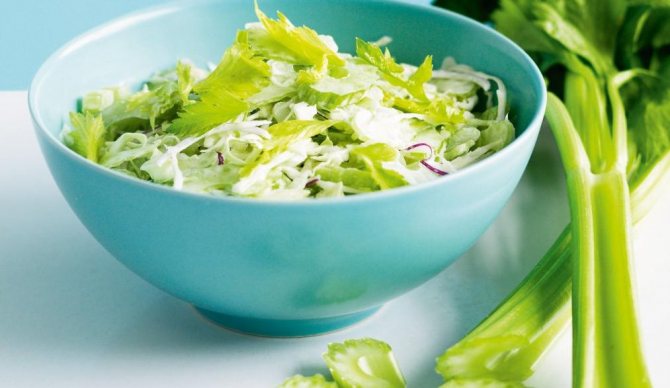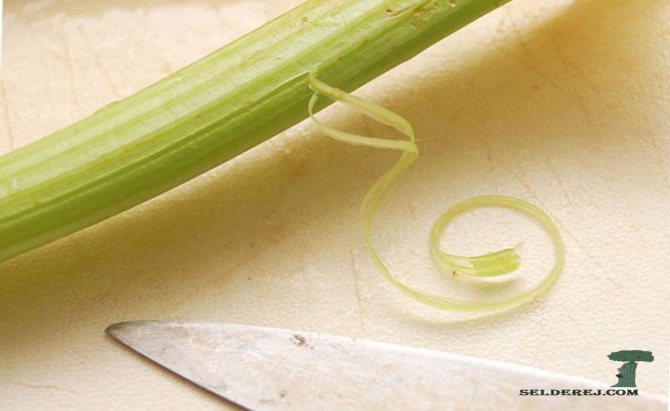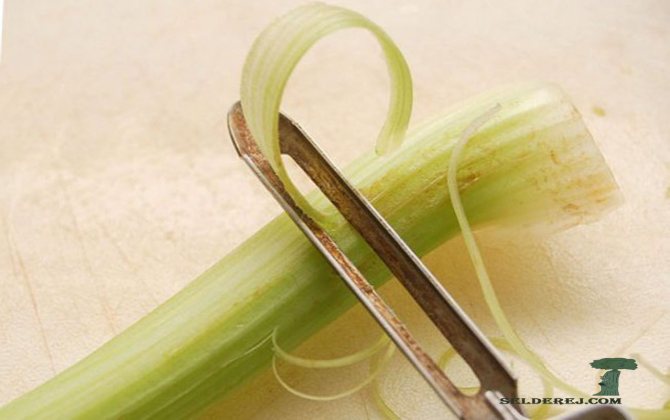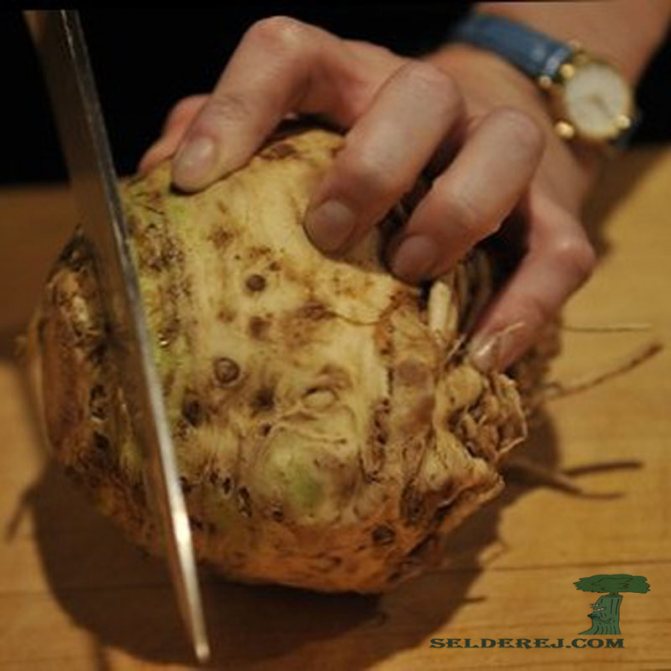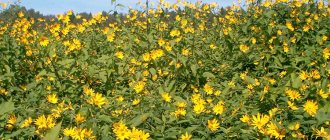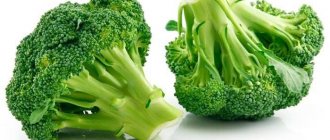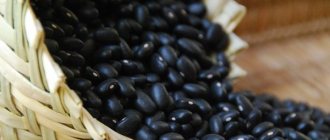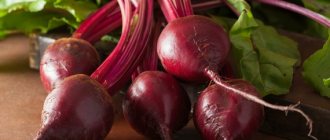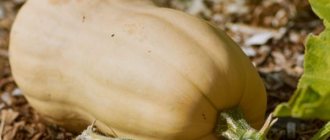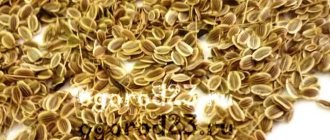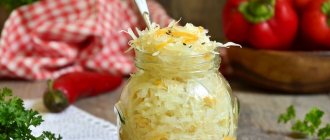A little about the history and features of the product
Celery stalks belong to a biennial plant of the Umbrella family. They have a strong aroma and a bittersweet aftertaste with a spicy note. The stems have juicy fleshy petioles up to 4 cm thick and up to 100 cm high. The first mention of it was recorded in 1623 in Mediterranean countries. The vegetable was cultivated in Ancient Greece, Rome and Egypt. In Russia, the plant began to be cultivated only during the reign of Catherine II.
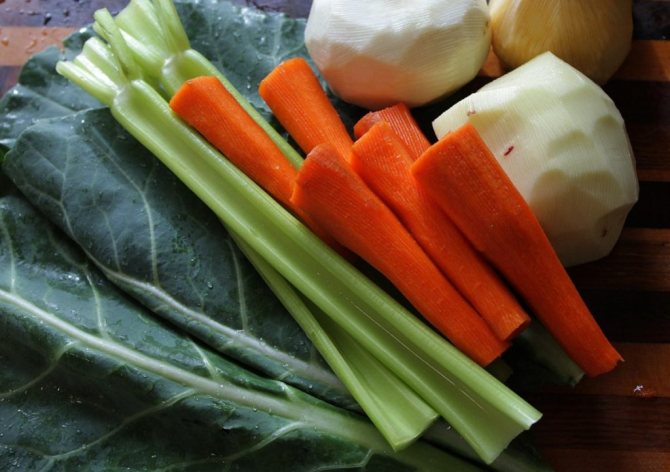
Agrotechnics of culture
Early varieties of leaf celery are grown by direct seeding on the ground. Late varieties have a long growing season and require pre-sowing of seeds for seedlings.
Preparing seeds and soil for seedlings
The growing season for leaf celery is 50-100 days, depending on the variety. Sowing seeds for seedlings in the northern regions is carried out in the second decade of March. Residents of the middle lane begin sowing in early April. In the south of the country, the leafy variety is sown directly into the ground in April due to favorable weather conditions.
The celery seed is protected by a dense shell containing a large amount of essential oils. Therefore, the seeds have a low germination rate.
To speed up the awakening process, planting material:
- soaked in warm water for a week;
- wrapped in a damp cloth or gauze for 2-3 days;
- put in a tissue bag and pour 2-3 times with water heated to 50 ° C;
- germinate in wet sawdust;
- the material is subjected to stratification: put in a damp cloth and left at room temperature for a week, then placed in a refrigerator for two weeks.
After all procedures, the seed is dried.
Reference. Pre-preparation speeds up the emergence of seedlings. Seedlings appear in 1-2 weeks.
For growing seedlings of leafy celery, use a ready-made substrate or make a soil mixture yourself from:
- turf, sand, peat, sawdust (1: 1: 1: 1);
- peat, vermiculite, humus (3: 1: 1);
- peat, humus, wood ash (3: 1: 1);
- vermicompost and sand (1: 1).
The soil is disinfected in an oven, microwave oven, double boiler, spilled with a dark solution of potassium permanganate, "Baikal-M", "Shining".
For every 10 kg of soil mixture, 200 g of wood ash and 20 g of urea are added.
Containers for seedlings are washed and treated with "Fitosporin" or copper sulfate.
Sowing instructions
The prepared containers are filled with soil and the seeds are spread with an interval of 2 cm. A layer of earth is poured on top and poured with clean water through a sieve.
Until the emergence of shoots, the container is kept in a dark room at a temperature of + 20 ... + 22 ° C, then taken out on a sunny windowsill.
As soon as the leaves hatch, the air temperature in the room is reduced to + 12 ... + 16 ° С, and after 10 days it is increased to + 20 ... + 25 ° С.
Seedlings with 3-5 leaves dive into separate glasses, choosing the strongest specimens and shortening the central root to quickly build up green mass.
Reference. The norm of daylight hours for leaf celery is 16 hours. The optimum air temperature is + 18 ... + 20 ° С.
Seedlings are fed with chicken manure and Nitrofoskoy, alternating fertilizers.
For direct sowing of seeds in open ground, the site begins to be prepared in the fall: deep plowing is carried out and fertilized with humus.In the spring, the land is plowed again, loosened and the beds are spilled with a solution of potassium permanganate or copper sulfate.
Sowing seeds is carried out after warming up the soil to + 10 ° C. In the southern regions this happens in April. Depressions are made in the soil no more than 1 cm and seeds are sealed at a distance of 2-3 cm.
Seedlings are transferred to open ground in early May. Furrows are formed at a depth of 25-30 cm at a distance of 40 cm. The row spacing is 50 cm. Wood ash is placed on the bottom, a layer of earth is poured on top.
Saplings are planted together with an earthen clod. Further, the beds are mulched with sawdust or straw to retain moisture in the soil and reduce the amount of weeds.
Landing is performed on a cloudy day. With the threat of night frosts, the seedlings are covered with black agrofibre.
Care
Leaf celery is a moisture-loving plant, but it tolerates short-term drought. Watering is done 1-2 times a week.
For a set of greens, plants are fertilized with organic matter and minerals. This is especially important when growing crops on poor soil.
The first top dressing is applied 14 days after planting the seedlings - 40 g of "Nitrofoski" per 10 liters of water. Two weeks after the first feeding, add mullein infusion in a ratio of 1:10.
After 30 days, fertilize with a complex top dressing "Kemira Hydro" - 10 g per 10 liters of water.
Next, celery is fertilized with organic matter every 14 days with an infusion of chicken manure, mullein, nettle.
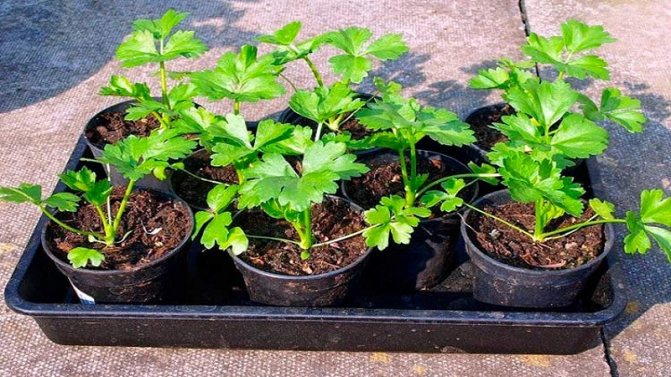

Disease and pest control
Leaf celery has a strong immune system and rarely gets sick outdoors. Sometimes infection with fungi and viruses occurs. Pathogenic microflora inhibits plant growth and deprives the gardener of the opportunity to harvest a full harvest.
The table describes celery fungal diseases and how to deal with them.
| Disease | Signs | Treatment | Prevention measures |
| Powdery mildew | White bloom on both sides of the leaves | Treatment of plants with "Fundazol" or "Topsin-M" 20 days before cutting the greenery |
|
| Septoria | Colorless spots with dark edging, curling of leaves, drying out of the plant | Treatment of plants with "Fundazol" or "Topsin-M" 20 days before cutting the greenery | |
| Fomoz | Thinning of the petioles at the base, yellowing of the leaves | Treatment of plants with "Fundazol" or "Topsin-M" 20 days before cutting the greenery |
Cucumber mosaic is the most dangerous viral disease of the leaf variety that does not respond to treatment. Infestation is indicated by a slowdown in plant growth and raised rings on the leaves. The affected celery is immediately removed from the site. For the prevention of viral mosaics, they are fighting aphids and ticks.
Celery planting in the open field affects the celery fly, aphid, carrot flies, spider mites. Pests destroy the leaves, suck the juice from the stems, weakening the plant. To successfully combat them, biological insecticides "Fitoverm", "Iskra-Bio" are used. After processing, greens can be eaten after two days.
For natural protection, the beds are sown with onions and garlic. These crops scare off many insects with their aroma.
Folk methods of struggle:
- 1 tbsp. l. apple cider vinegar in 1 liter of water;
- decoction of onion peels (100 g per 2 liters of water);
- kefir and milk whey (1 liter per 1 liter of water);
- dusting with red or black ground pepper.
Harvesting and storage
Celery leaves are cut 2-3 times over the summer with an interval of 35-40 days. The last harvest is carried out before the onset of frost, in late September - early October.
In the process of cutting the leaves, petioles up to 5 cm long are left. This allows you to maintain a weak central rosette, which will grow again and save the root system from decay in winter.
Leaf celery is preserved for the winter by drying, freezing and salting. Even in this form, it does not lose its beneficial properties and aroma.
How many calories and useful elements it contains
Petiole celery is a low-calorie food that is rich in:
- vitamins;
- micro and macro elements;
- organic acids;
- essential oils;
- antioxidants;
- fiber.
The calorie content per 100 g of stems is 19 kcal, of which:
- proteins - 0.9 g;
- fat - 0.1 g;
- carbohydrates - 2.1 g;
- water - 94.1 g;
- dietary fiber - 1.8 g
The high fiber content allows you to saturate the body and reduce the number of calories consumed during the day.
| Chemical composition (per 100 product) | Quantity, mg |
| Potassium | 430,0 |
| Sodium | 200,0 |
| Phosphorus | 77,0 |
| Calcium | 72,0 |
| Magnesium | 50,0 |
| Iron | 1,3 |
| Vitamin A (beta-carotene) | 4,5 |
| Vitamin B1 (thiamin) | 0,02 |
| Vitamin B2 (riboflavin) | 0,1 |
| Vitamin B6 (pyridoxine) | 0,08 |
| Vitamin B9 (folic acid) | 0,002 |
| Vitamin C (ascorbic acid) | 38,0 |
| Vitamin E (tocopherol) | 0,5 |
| Vitamin PP (nicotinic acid) | 0,5 |
Celery stalks contain twice as much beta-carotene as root vegetables.
Do I need to peel celery
There are two opposing opinions:
- A thoroughly washed vegetable, even unprepared, does not pose any health hazard. Therefore, it is possible not to remove the skin, especially if the product is used for juices. Moreover, all the shells should be left in the manufacture of the medicinal tincture.
- When used in cooking, cleaning should be mandatory if the vegetable is not the youngest. The same should be done in the event that it is not celery from your own site, or it is not purchased from a familiar producer-farmer. Any shells accumulate chemical elements from the environment, and therefore can be dangerous. For the same reason, celery is always peeled for baby food.
You should not thoroughly peel a vegetable if the main purpose of its use is to lose weight. The coarse parts, the skin, take a long time to digest, supplying the body with nutrients without unnecessary calories. In addition, the fiber in their composition helps to normalize stool and bowel function when eating restrictions.
What is the prevailing benefit or harm
Petioles are introduced into the daily diet to improve health, lose weight, and replenish vitamin stores in the off-season. When eating a vegetable, its benefits are as follows:
- the compound 3-n-butyl phthalate prevents the development of cardiovascular diseases, in particular ischemic disease and hypertension;
- potassium and magnesium normalize heart function, strengthen blood vessels and cleanse them of cholesterol plaques;
- antioxidants of the polyphenolic and flavonoid groups fight free radicals and eliminate inflammatory processes in chronic pathologies;
- beta-carotene and plant fiber are involved in suppressing the activity of harmful carcinogens that provoke the development of cancer and Alzheimer's disease;
- vitamin A promotes the regeneration of cells and tissues, as well as the protection of the body from the harmful effects of environmental factors;
- ascorbic acid improves the absorption of iron by the body and enhances immune function;
- bioactive elements stimulate the production of liver enzymes that help in the fight against obesity.
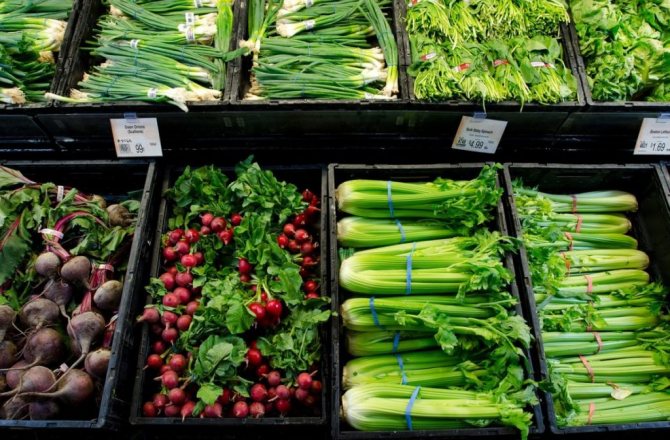

Scientists at the University of Illinois in the course of research have proven that stalked celery contains lutein, a powerful flavonoid that inhibits the growth of pancreatic cancer cells. Moreover, it was found that regular intake of the vegetable helps to inhibit the formation of breast tumors.
What are useful for women
The petioles contain vitamins and minerals that allow you to:
- maintain the beauty and youthfulness of skin, nails and hair;
- delay the onset of menopause;
- normalize the nervous system;
- eliminate menstrual pain.
Celery juice has anti-inflammatory and anti-acne effects, which characterizes its active use in cosmetology.
During pregnancy and breastfeeding
Since celery accelerates peristalsis, there is a high risk of uterine tone. Hence, eating vegetable stalks is not recommended for pregnant women, especially in the first trimester.
During lactation, you should abandon the celery diet, at least until the baby is 6 months old. The product helps to reduce the amount of breast milk, and can also cause increased gas production in the crumbs.
When losing weight
Celery is at the heart of many diets that are designed to shed those extra pounds:
- dietary fiber of plant origin satisfies the feeling of hunger, supports the intestinal microflora and normalizes body weight;
- B vitamins have a positive effect on fat metabolism in tissues;
- biologically active substances contribute to the elimination of toxins, improve the absorption of useful elements and stop putrefactive processes in the body.
A few stalks of celery after a workout in a fitness club will help replenish the deficiency of electrolytes in the blood, the level of which drops sharply with high physical activity.
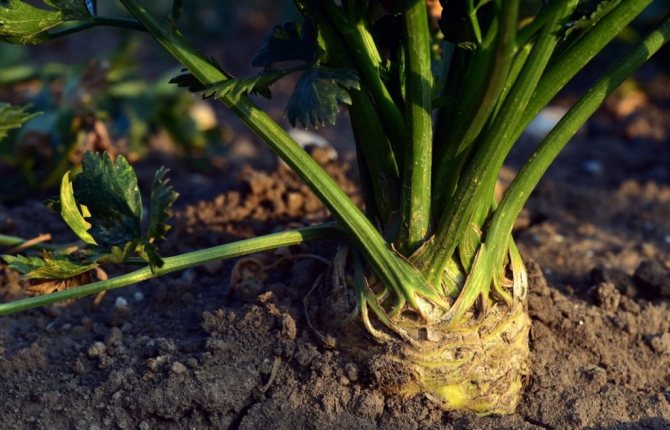

The root of the plant has anti-inflammatory properties
What are the benefits for men
The vegetable contains androsterones - these are hormones that increase potency. Also, regular intake of the stems contributes to:
- elimination of symptoms of prostatitis;
- improving the functioning of the prostate gland;
- increased libido.
Several centuries ago, celery was used as an aphrodisiac that stimulates sexual function.
In the 18th century, the French courtesan Madame de Pompadour regularly fed King Louis XV with celery soup. She argued that such a meal kindled the fire of passion in the night of love.
Who shouldn't use
Celery stalks are contraindicated in people with diseases:
- thrombophlebitis;
- varicose veins;
- pancreatitis;
- arterial hypertension;
- gastritis or stomach ulcer;
- bronchial asthma.
Petioles should be introduced into the diet gradually, combining them with other vegetables. The recommended intake of celery stalks is 150 g per day.
Alternatives
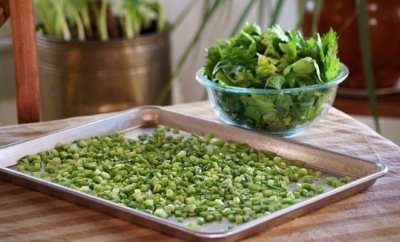

Vegetables can also be preserved in other ways:
- In the home cellar, in wooden boxes. The stems are covered with sand or sawdust. You can also pack them in plastic bags.
- In the refrigerator, wrapped in plastic wrap.
- Dry in an oven, store in a cool dry place.
- Salt and preserve.
Celery greens can be preserved as a seasoning by grinding in a blender and pouring olive oil. If you add salt, you can store it in the refrigerator. It is better to freeze the seasoning without salt.
Read also: Do-it-yourself wooden ladder on bowstrings
Celery is not only delicious, but also a medicinal product, it calms the nervous system, has a beneficial effect on the work of the gastrointestinal tract, it is recommended for use in diabetes mellitus. If you follow the directions, frozen celery can be added to any meal every day in winter and summer. This diversifies the menu and supplies the body with the elements it needs.
A few words about the selection rules
When hiking in a supermarket or organic store, you should prefer fresh stems that have:
- bright green color;
- nice smell;
- glossy surface;
- crispy and juicy texture.
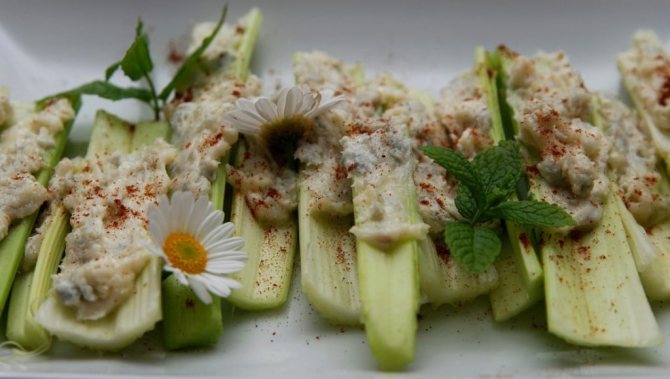

Celery stalks appetizer with cottage cheese, garlic and herbs sauce
It is worth refraining from buying petioles that have fibrous and sluggish flesh. Vegetables with black spots and signs of decay are not allowed to eat.
Proper preparation
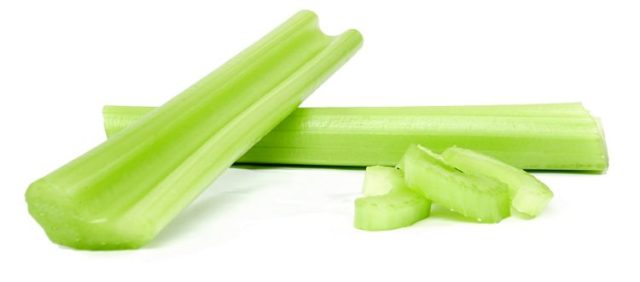

Celery, like many other vegetables, actively accumulates nutrients in its own shells.But they are difficult to eat, not only because of their taste, but also because of their rigidity and the inability to fully rinse them. In order not to lose all the benefits of the product, while not risking getting an intestinal upset, you should adhere to the simple rules of primary processing.
How to clean the root
The exclusively peeled vegetable root is used for food. The first step is rinsing. This can be done with a hard sponge or by soaking for half an hour in a lukewarm liquid, after rinsing under running water. Cut off the top and bottom of the dense, coarse part. Remove the peel with a peeler, trying to capture as little as possible the top layer of the root itself. The so-called "eyes" must be cut out, the grooves and depressions must be cleaned with the edge of a knife. The areas of the "spongy" structure are palpable to the touch. They have neither taste nor benefit, so they should be removed to avoid spoiling the dish. You can leave them only if celery is used as a means for losing weight: tough fibers perfectly saturate, perfectly cleanse the intestines.
How to clean the stem
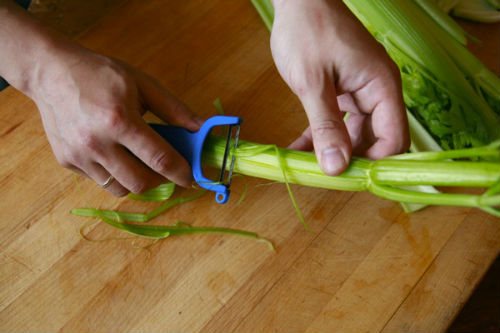

Peeling the stalks is not necessary, such processing is only necessary when celery is the basis for baby food. It is better not to buy pre-washed petioles: they do not have a very pleasant taste, part of the aroma is also lost. Before use, you should thoroughly rinse the vegetable, remove the upper skin with a thin knife, it looks like a thin but strong film. It is better to start from the thick end, from the point of attachment to the root, slowly separating the skin in narrow strips. Cut off darkened and brown areas.
On a note!
When buying, it is better to inspect the petioles. They grow in a bundle, but during storage they begin to deteriorate, therefore, if breakage points are visible, it is better to choose another bundle, since this is no longer very useful and may not have a pronounced taste and aroma.
How to clean greens
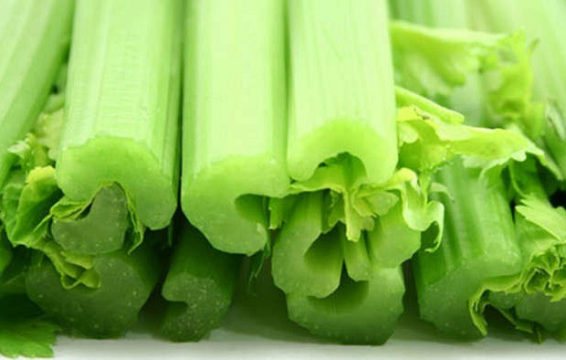

Leafy celery does not need additional cleaning. If the plant is old enough, the cuttings of the leaves can be tough and coarse, however, it is worth chopping or chopping them without throwing them away to preserve all the beneficial micronutrients. Cleaning should involve careful selection of the leaves. All faded and yellow ones should be removed, the rest should be rinsed under running water.
How to cook at home
Fresh celery stalks are recommended. This makes it possible to preserve the entire nutritional composition of the product. In addition, the petioles can be steamed, but not more than 2 minutes. Heat treatment by cooking, stewing or frying leads to the destruction of almost all useful elements. It is not recommended to store the cut fresh stem. It should be consumed within 30 minutes, otherwise it will lose its healing properties.
What are they eaten with
Petioles are most commonly used in vegetable salads and smoothies. They are also used to make sticks that are suitable for a snack or addition to cocktails or ice cream.
There are many delicious recipes for making celery. It goes well with products:
- cabbage;
- potatoes;
- chicken;
- carrots;
- dried fruits;
- tomatoes;
- sweet pepper.
Along with onions and carrots, celery is considered a staple in French cuisine. This combination of ingredients forms the basis of many soups, sauces and stews.
Vitamin smoothie
Vegetable and fruit drinks taste great and can be combined to suit personal preferences. Celery smoothie contributes to the enrichment of the body with vitamins, activation of metabolic processes and strengthening of immune abilities.
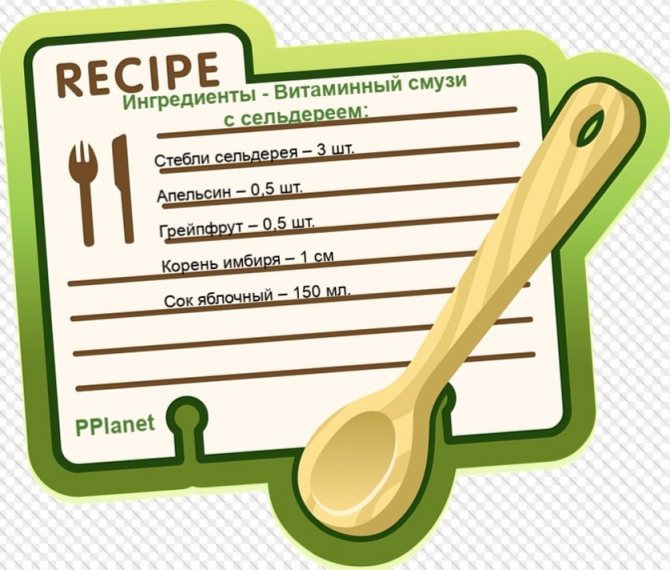

What to do:
- Squeeze out the juice from the stalks of celery, orange, grapefruit and ginger.
- Combine the components and mix thoroughly.
- Add apple juice. It is recommended to take a natural drink without added sugar.
It is better to drink a cocktail in the morning immediately after preparation. It will fill you with energy and vitality for the whole day.
Try Celery Detox Smoothie for Weight Loss as well
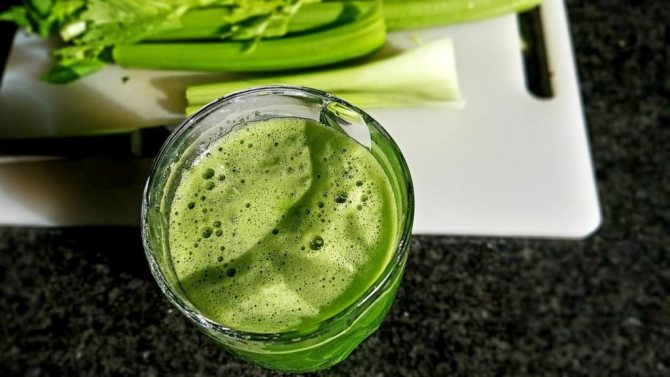

Celery and apple detox salad
In US restaurants, this appetizer has a specific name - "Waldorf" salad. It is a light dietary dish that was first served in 1893. The salad is dressed with citronel sauce, which is a variation of mayonnaise, and sometimes it is replaced with sour cream.
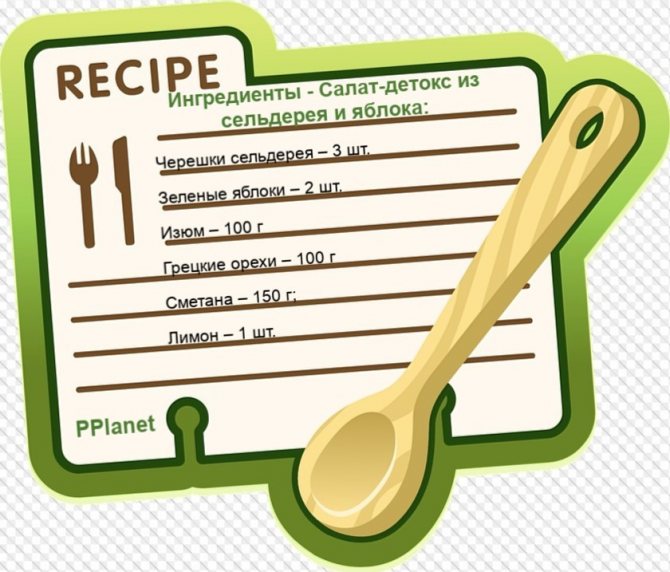

Step by step recipe:
- Soak raisins in warm water.
- Wash the stems. Cut them into small pieces.
- Peel the apple. To cut in cubes.
- Drizzle the apple and celery with lemon juice.
- Chop the walnuts with a knife.
- Mix all ingredients. Season with sour cream.
When serving, it is recommended to decorate the dish with lettuce leaves.
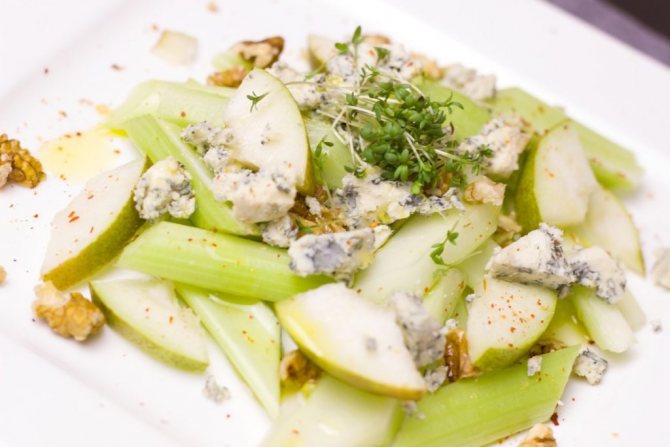

The largest producer of stalked celery is California. It is there that the best harvests of juicy and crunchy stems are concentrated. The fourth place in the race for the harvest goes to Michigan, where the celery museum was created.
Can I freeze?
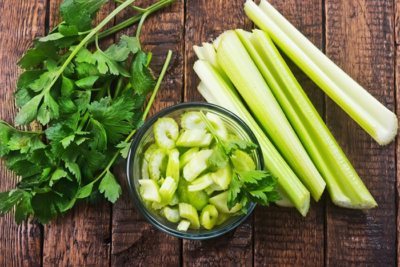

Stalked celery can be frozen... This limits the possibilities for its further use - the defrosted stems will no longer be elastic and crispy, so they will have to be used for cooking hot dishes, not in salads. But, when it comes to long-term storage, freezing is the best option, since a vegetable is stored in the refrigerator without freezing for no longer than a few days. Drying is impossible without the use of special equipment. Freezing is quite simple, the main thing is to follow the instructions.
Read also: Abies fraseri pyramidalis compacta
Description, types of plants
Celery has a bittersweet taste, rather unusual and not like other vegetables, the aroma is quite spicy and strong. Until recently, the plant was regarded exclusively as a vegetable crop.
Today it is used as a condiment. This interesting vegetable seasoning comes in three varieties: leaf, root, petiole.
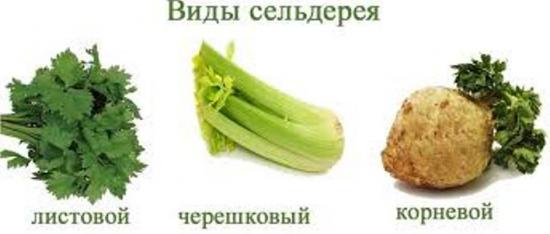

Root is mainly grown to produce fleshy, rounded root vegetables, the shape of which is similar to a large apple.
But, its leafy part is also quite suitable for eating. The aroma of the white pulp of the root vegetable is slightly reminiscent of parsley. The root part of the plant, in addition to the vitamin composition and essential oil, has enzymes that prevent the development of cancer cells.
You can eat the root vegetable both raw and prepare various culinary delights with its addition: salads, first and meat dishes, as well as delicious and healthy cutlets, the basis of which will be celery.
For those wondering if it is possible to eat raw celery, dietitians unanimously answer: it is possible and necessary.
Celery diet for 7 days
Features of the plant diet - the menu is low-carbohydrate, the main ingredient of which contains a minimum amount of fat. A properly organized diet is replacing at least one meal with a celery dish, and preferably lunch. You can triple the fasting day, but you can drink no more than 100 g of juice daily.
There are several specially developed rules and principles of nutrition on a celery diet:
- There can be as many meals as you like, the main thing is not to exceed the portion size allowed in the menu.
- The basis of the diet is root vegetable soup, which can be eaten in unlimited quantities.
- It is allowed to eat lean meats (beef, chicken fillet, veal), which, if desired, can be replaced with fish and seafood.
- All vegetables, fruits are allowed, with the exception of bananas and potatoes.
- From cereals, you can only eat rice.
- Choose all fermented milk products with low fat content, not more than 2.5%.
- In severe hunger, only plant stems or soup as a snack.
- The last meal, provided that it is celery, can be at any time.
Menu for the week
| Day of week | Products |
| Monday | 2-3 plums, 3 apples, 2 pears, 2 pcs. figs (dried apricots, prunes), 1 grapefruit, 0.5 liters of kefir |
| Tuesday | 500 g of vegetables: tomatoes, cucumbers, herbs, 200 grams (dry cereal weight) of boiled rice, 2 apples, 5 plums, 50 g of dried fruits |
| Wednesday | 1 avocado, 400-500 g of fruit (apples, peaches) |
| Thursday | Soup and raw celery |
| Friday | 1 carrot, 1 radish or beet |
| Saturday | 300 g of boiled meat and fresh vegetables |
| Sunday | Celery soup, stems, fruits |
It is important to get out of the diet correctly. The rules are as follows:
- It is necessary to continue adherence to the water regime.
- Gradually add fermented milk products, low-fat yogurt.
- Steam, boil, bake meat.
- The amount of plant intake can be reduced to one time.
- Do not forget about moderate physical activity.
- Continue such a diet for about two weeks, then you can switch to normal, but do not forget that if you abuse fatty, sweet foods, weight can return very quickly.

